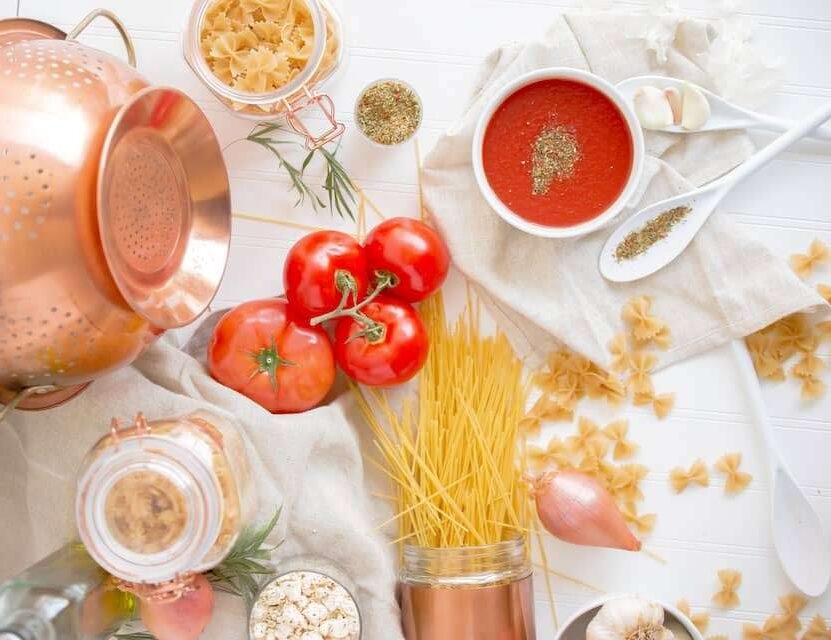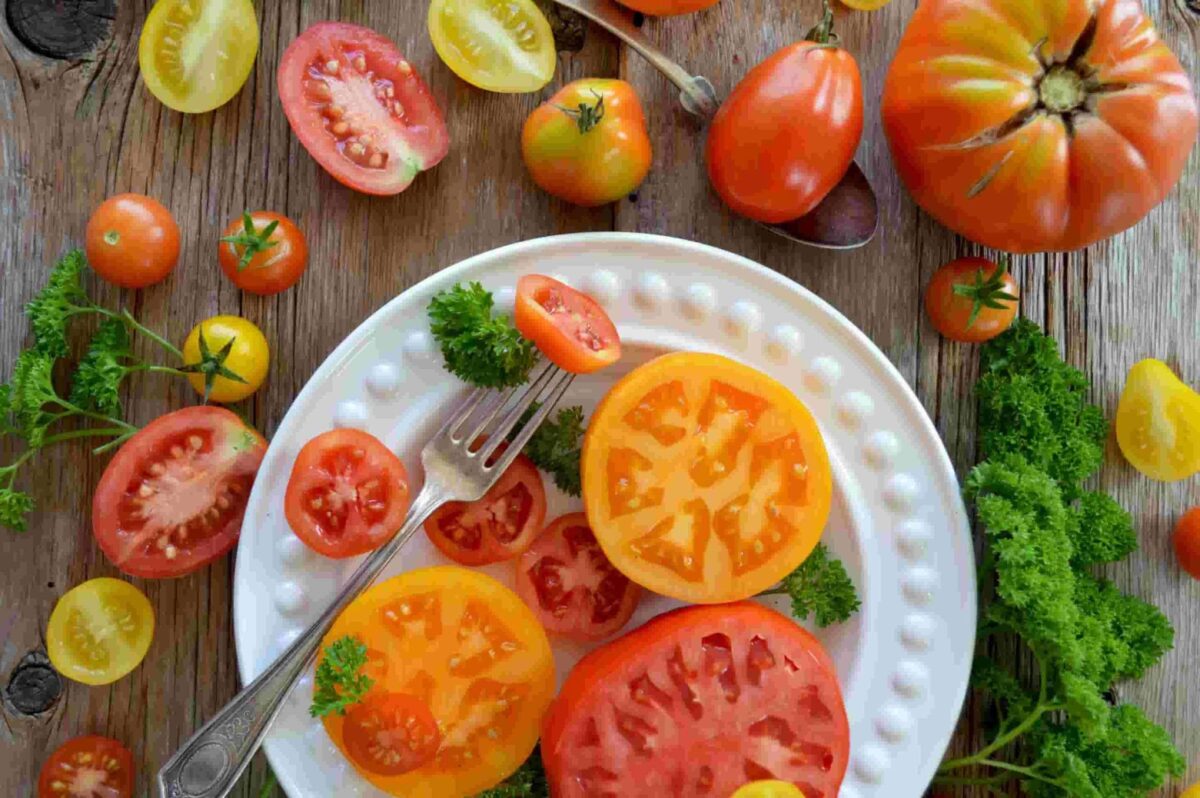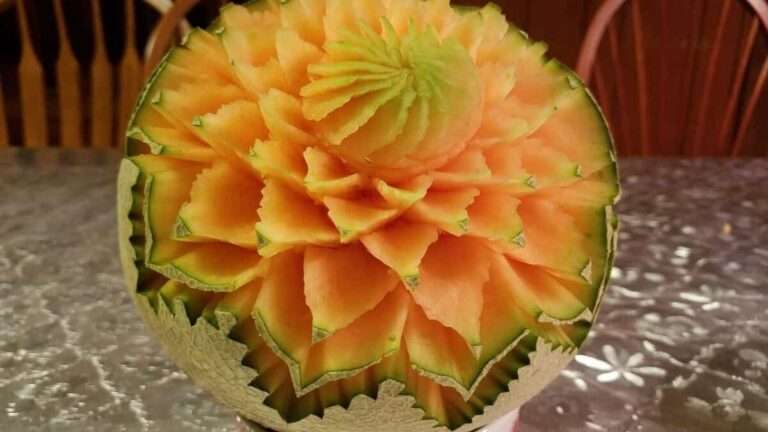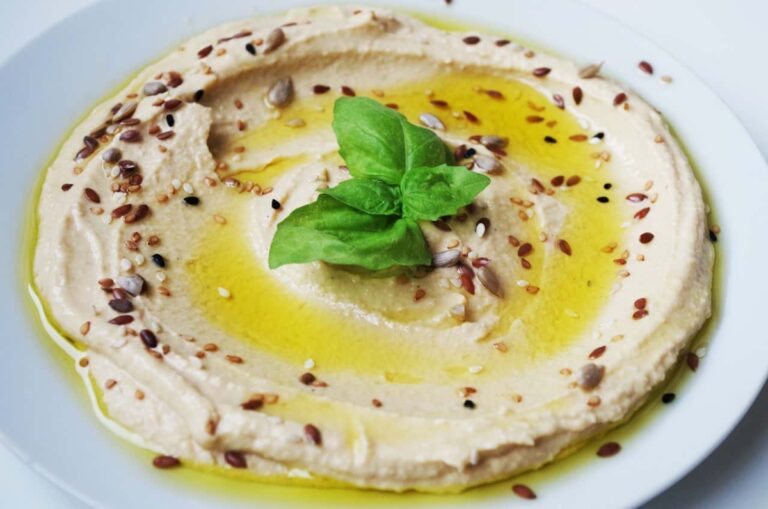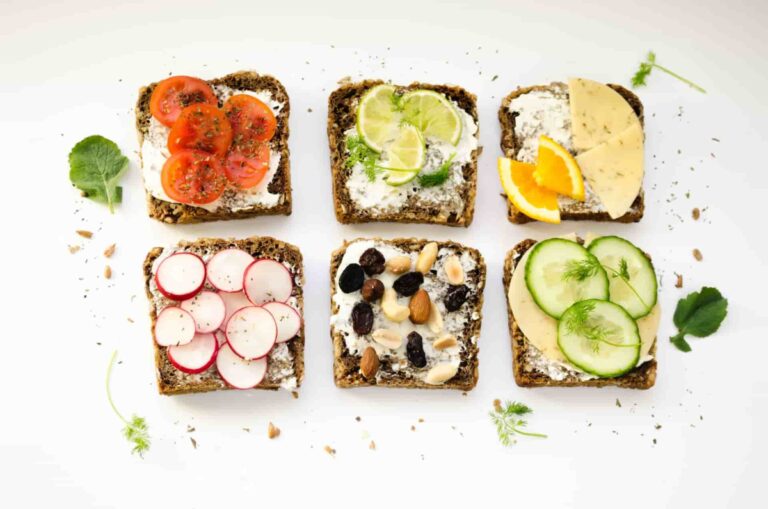Tomatoes 101- kitchen insights and benefits
Did you know that some tomatoes may exhibit colours other than red, contrary to commonly held beliefs?
- Tomatoes are not always red, despite popular belief to the contrary. It is possible for them to be available in a wide range of hues, such as yellow, pink, purple, black, and even white. Due to quality requirements, we often only see red tomatoes in supermarkets, but if you go to your neighbourhood farm store or greengrocer, you could just discover a variety of tomatoes in a number of different colours.
- At the time of its first introduction to Europe in the 16th century, tomatoes were of a tiny, golden, and cherry-sized kind. Their appearance led to their being referred to as “golden apples.” This served as a source of inspiration for a number of European nations, which resulted in the naming of their country after gold, such as the German “goldapfel.” French people were likewise under the impression that tomatoes were aphrodisiacs, and so they gave them the moniker “love apples.”
- Technically speaking, a tomato is a fruit, although it is also commonly regarded as a vegetable. In the 1890s, for the sake of taxes, it was designated as a vegetable, which led to the confusion that followed. When compared to vegetables, which consist of the stem, leaf, or root of the plant, fruits are described as the edible component of the plant that contains seeds, such as a tomato. In spite of this categorization, it is quite improbable that a tomato would present itself in a fruit salad.
- Yes, you read it correctly; tomatoes have made their way to the vastness of space. During the course of the ‘Tomato Sphere I, II, III, and IV’ experiments, a total of 600,000 tomato seeds were sent to the International Space Station. These seeds were then planted in classrooms across the whole of Canada. Because of the need to get a better understanding of the impact that space has on the growth and development of seeds, these trials brought about
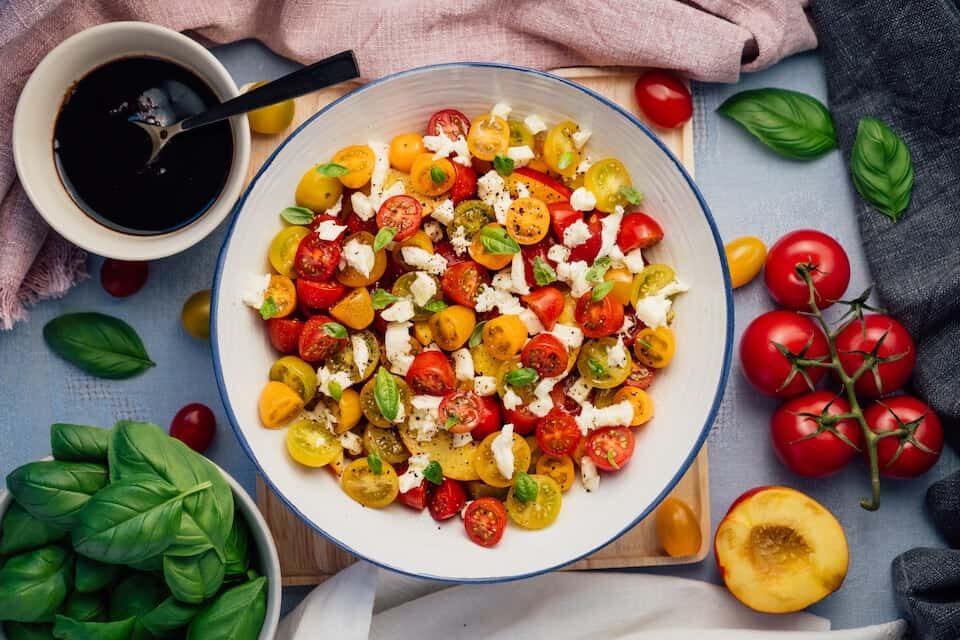
Tomato nutrition values and health benefits
- Tomatoes are fruits that are low in calories, low in fat, rich in water content, and have a low glycemic index. A rich source of potassium and vitamin C, they are a delight to consume. In addition, tomatoes include a number of different types of vitamin A that are useful to the body, such as lutein, zeaxanthin, and lycopene.
- Tomatoes contain an antioxidant called lycopene, which has been linked to a lower risk of developing prostate cancer. The antioxidant lycopene inhibits the growth and spread of cancer cells by acting on a number of different metabolic pathways. Ketchup and canned tomatoes are examples of processed tomato meals that have a greater concentration of lycopene. This is due to the fact that the processing process includes the removal of water, resulting in a more concentrated tomato product.
- Tomatoes include a molecule called lycopene, which, when combined with other antioxidant vitamins (such as vitamins A, E, and C), provides a synergistic interaction that is beneficial to the health of the heart. A number of studies have shown that there is a connection between the lycopene found in tomatoes and a decrease in oxidised LDL particle levels as well as arterial plaque. Additionally, it contains potassium, which is well-known for its ability to lower blood pressure.
- Tomatoes are a rich source of vitamin A, and more precisely, zeaxanthin and retinol, which are both components of vitamin A. The accumulation of these two types of vitamin A in the retina helps to deter the development of age-related macular degeneration. It is possible to boost the absorption of fat-soluble vitamins, which are essential for maintaining healthy vision, by consuming tomatoes as a component of foods that include some fat, such as in a salad with olive oil.
- Although tomatoes have been linked to antihyperglycemic benefits in rats, these effects have not been shown in people. Despite this, tomatoes continue to be healthy for diabetics and other diabetic groups. Studies have indicated that eating tomatoes may help lower the oxidative stress that diabetes causes. They help decrease inflammation, which is a typical consequence of the condition, as well as increased atherosclerosis and damage to soft tissues.
- In the event that you suffer from seasonal allergies to grass pollen, you can have an oral allergy right after you consume tomatoes. There is a possibility that the mouth, ears, or throat will be itchy, and there may also be swelling of the lips, mouth, tongue, and neck. Talk to your physician if you have any reason to believe that you could be allergic to tomatoes.
- The tomato has a naturally acidic taste. Restricting your consumption of tomatoes and items made from tomatoes is something you should consider doing if you have acid reflux or heartburn.
100g of tomato has 18 calories (75kj), 0.9g protein, 0.2g fat, and 3.9g carbs, including 1.2g fibre.
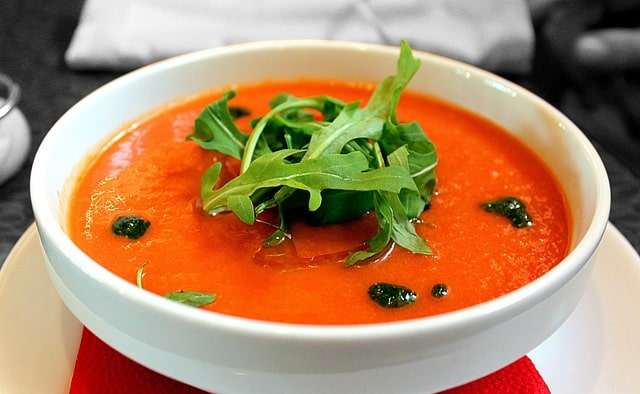
How to store tomato and how to buy them
- Flaws or black spots on the surface of tomatoes should alert you to the possibility of rot that has spread within the fruit. You should still avoid them on the off chance that it isn’t true. In general, you want a tomato with some flesh on it since that means it’s more likely to have juice inside. If you’d rather not eat the fruit right away, you may purchase it on the harder side and allow it to ripen over the course of a week instead. The ideal texture for fruit is a balance between firmness and softness. It ought to be very fragrant, with a fragrance that reminds me of delicious wood. If a tomato doesn’t smell, it won’t taste either.
- A countertop in a room with room temperature or a cooler pantry can ripen your tomatoes the best if they are unripe. Greenish hues or spots on otherwise red tomatoes indicate that they are not fully ripe. They will also feel firm when lightly squeezed. Before letting the fruit ripen naturally, remove any stalks or stems. Then, place the tomato with the scar on the bottom. If you want to stop water from evaporating via the stem, cut off the stems. When storing tomatoes, it’s best to keep them inverted to keep out air and extra moisture that might enable mould to grow through the scar and destroy the fruit.
- When tomatoes are ripe but you can’t use them immediately, put them in the fridge until you can. This will prevent them from going bad too quickly by drastically slowing down or stopping the ripening process. You should take tomatoes out of the fridge and let them remain at room temperature for at least 24 hours before using them. Some of the taste that was lost while it was cooling may be restored with this.
- For those times when you have an abundance of ripe tomatoes but won’t be able to use them all, freezing them is a great option. You may do this by first using a towel to wash and dry them. The next step is to put them on a baking sheet in a single layer and then put them in the freezer, making sure they don’t touch. Transfer the frozen food to a freezer-safe container or bag. Because freezing breaks down the cells, thawing the tomatoes turns them into mush. So from now on, they’re officially just good for cooking.
- The most effective method for determining whether or not your tomatoes have gone rotten is to examine them first.
- The presence of a fuzz of white, green, or grey mould forming on tomatoes is the most visible indication that they have gone rotten. Tomatoes that have gone bad exhibit this fuzz. There will be moments when they are literally dripping with fluids. These are all indications that tomatoes have gone rotten, regardless of whether they are whole, sliced, or diced. This is true regardless of the condition that the tomatoes are in.
- If you feel like you are about to pop the tomato in your palm and it is soft and squishy like a stress ball, then the tomato has gone bad and you should throw it away. It is possible that you will not realise that it is leaking liquids from the inside just by looking at it, but if you take it up and it spills on your hand, then it is time to dispose of it.
- With a hint of earthiness, the aroma of a freshly picked tomato is a pleasant one. In the event that the tomato has any musty, mouldy, or sour odour, you should throw it away. Similar considerations apply to tomatoes that have been cut and then stored in the refrigerator. One of the best ways to determine whether or not tomatoes have been sliced is to smell them.

Cooking techniques, secrets, and tips from the kitchen
- Do you have any experience making your own ketchup? A batch of handmade artisanal ketchup might be a wonderful way to use up those leftover tomatoes in your kitchen if you have a lot of them lying around. The flavour profile of homemade condiments is always one of a kind, and they may give your favourite toppings a fresh new look and feel entirely. Because of their excellent flavour and the fact that they are one of the tomato kinds that are more meaty, tomatoes-on-the-vine are the perfect tomatoes to use for a recipe that calls for homemade ketchup. On the other hand, beefsteak tomatoes will also function well.
- This is a terrific method to use up any excess tomatoes that you have in your kitchen since you can make a couple fresh jars of salsa. Not only does fresh tomato salsa go well with cheesy nachos or simple tortilla chips, but it also makes a delicious topping for chicken and baked potatoes. In addition to the fact that you can include your preferred flavours in the salsa you make, you can also use up even more items that you already have in your kitchen. This is one of the finest aspects of producing salsa. You may give your salsa a flavour that is all its own by adding items such as sliced avocado, maize, chopped red peppers, or red onion. Such additions will also give your salsa even more colour.
- If you have an abundance of vegetables in your kitchen, soup is usually an easy and substantial supper that you can cook with all of the extra food you have sitting around. Consequently, regardless of the quantity of additional tomatoes you may have, it is always a good idea to prepare a large quantity of tomato soup when you make it at home. On the other hand, if you are going to add tomatoes to a soup that has a variety of vegetables, you may slice up whatever kind of tomato you have on hand, and they will provide an unforgettable flavour. When you make a big pot of soup, you have the ability to divide it out and freeze it so that you may have quick dinners on days when you are busy. If you have room in your freezer, this is an excellent supper choice that will help you make the most of the tomatoes you have on hand.
- You may make bruschetta to serve as a topping for roasted chicken breasts, as a garnish for baguette slices, or as a delightfully fresh addition to your garden salad. Bruschetta is yet another meal that offers a great deal of personalisation. When you prepare bruschetta, you can add special ingredients to it to make it more sweet, spicy, or savoury. Additionally, it can be served in a variety of different ways, which makes it interesting each and every time!
- In the event that you have an abundance of tomatoes, peppers, and cucumbers in your kitchen, this traditional cold soup is an excellent recipe that will assist you in cleaning them up thoroughly. Gazpacho is not only simple to prepare, but it may also be consumed on its own as a cold soup or as a cold sauce for pasta. The majority of tomato varieties may be used in the preparation of gazpacho due to the fact that it is prepared by mixing together all of its components. In order to make a wonderful gazpacho dinner that your family will like, you may use whatever tomatoes you have available to you, regardless of whether you purchased more tomatoes on the vine or the cherry tomatoes in your garden are beginning to develop in an uncontrolled manner.
- In the southern part of Italy, sun-dried tomatoes are a common staple diet since fresh tomatoes and refrigeration weren’t always easily accessible. Sun-dried tomatoes are handy in the kitchen for a number of reasons, such as as a condiment or an easy component to include in a dish. You can also purée them and use them in a salad, soup, sauce, or savoury flan. A few minutes in hot water can soften dried tomatoes; after that, give them a good rinse and pat them dry. If your sun-dried tomatoes come in an oil container, drain them well before using them. If you’re making an oil-heavy sauce, stir-fry, or mayonnaise, however, you may boost the taste by adding some sun-dried tomato oil.
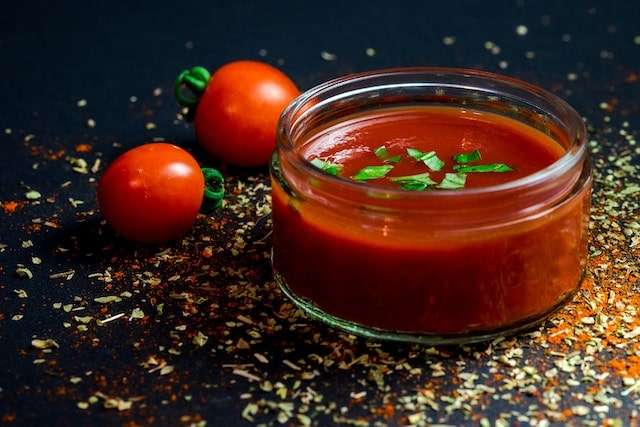
The history of tomato from the beginning until today
- The precise origin of the tomato plant is unknown; however, it is hypothesised that it originated from the prehistoric plant known as Nightshade, which lived in South America millions of years ago (along with potato, tobacco, and chilli peppers) and then gradually moved northward until it was domesticated in the lands of Mesoamerica, which are located between Mexico and northern Costa Rica.
- Around the year 500 B.C., one of those nations was successful in domesticating tomatoes and incorporating them into their culinary traditions. Aztecs were the people who lived in that society. Beginning at that moment, tomato progressively expanded over the central and southern regions of the Americas.
- Tomatoes were first cultivated in Spanish fields in the 1540s, and by the early 17th century, they were being consumed on a daily basis due to their widespread availability.
- Other European nations did not instantly embrace tomatoes during this time period. For instance, despite the fact that Italian nobles and scientists discovered the tomato in 1548 (the year in which Italy became renowned for its tomato and ketchup business), they did not employ it as a fruit for tabletop decoration until the late 17th and early 18th centuries.
- It wasn’t until the early 19th century that tomatoes made their way to Asia. It came there under the direction of John Barker, the British consul in Syria, who was in charge of the first cultivation attempts.
- It wasn’t until the middle of the 19th century that tomatoes began to achieve widespread appeal and were extensively used in Syria, Iran, and China.
- The output of tomatoes around the globe increased to 158.3 million metric tonnes, which is 3.7% more than the previous year’s total. China was the greatest producer, accounting for 24 percent of the total global output. The United States, Turkey, India, Egypt, and Italy were the next top producers.
